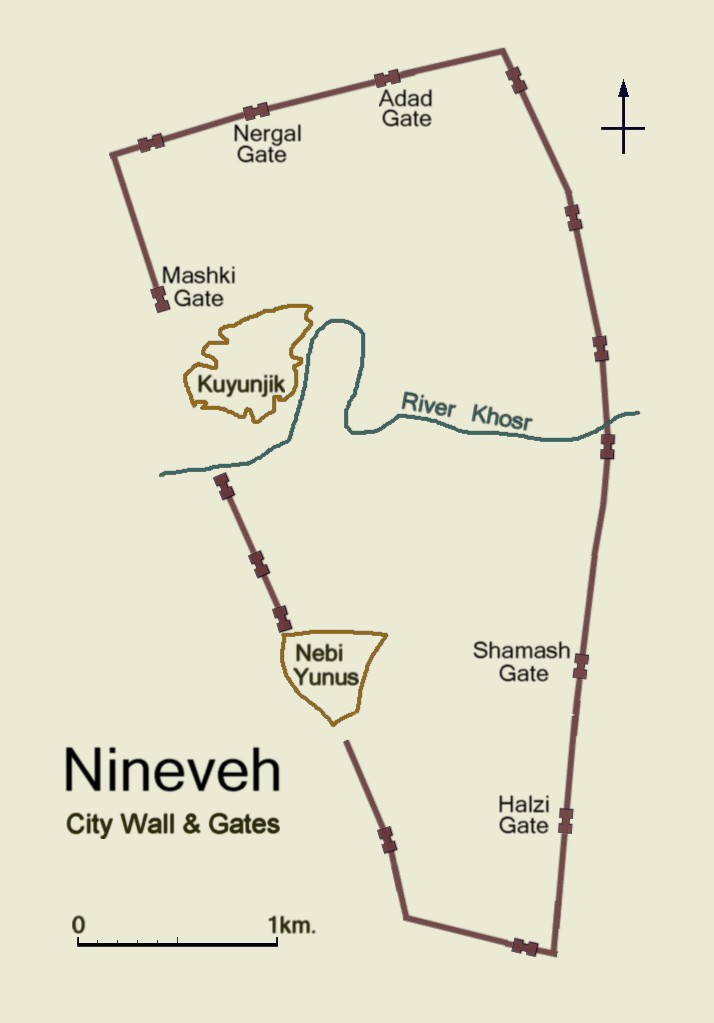Tarbisu on:
[Wikipedia]
[Google]
[Amazon]
Tarbiṣu (modern Sherif Khan,
 Tarbiṣu was excavated by Austen Henry Layard, and then Sir Henry Rawlinson
under the auspices of the
Tarbiṣu was excavated by Austen Henry Layard, and then Sir Henry Rawlinson
under the auspices of the
Fall of Nineveh Chronicle - Livius.orgCylinder Seal from Tarbisu - British Museum
Archaeological sites in Iraq Former populated places in Iraq
Ninawa Governorate
Nineveh Governorate ( ar, محافظة نينوى, syr, ܗܘܦܪܟܝܐ ܕܢܝܢܘܐ, Hoparkiya d’Ninwe, ckb, پارێزگای نەینەوا, Parêzgeha Neynewa), also known as Ninawa Governorate, is a governorate in northern Iraq. It has an ...
, Iraq
Iraq,; ku, عێراق, translit=Êraq officially the Republic of Iraq, '; ku, کۆماری عێراق, translit=Komarî Êraq is a country in Western Asia. It is bordered by Turkey to the north, Iran to the east, the Persian Gulf and K ...
) was an ancient city about 3 miles north of Nineveh.
History
Tarbiṣu was a minor town until the control of theAssyrian Empire
Assyrian may refer to:
* Assyrian people, the indigenous ethnic group of Mesopotamia.
* Assyria, a major Mesopotamian kingdom and empire.
** Early Assyrian Period
** Old Assyrian Period
** Middle Assyrian Empire
** Neo-Assyrian Empire
* Assyr ...
was moved to
nearby Nineveh by Sennacherib
Sennacherib ( Neo-Assyrian cuneiform: or , meaning " Sîn has replaced the brothers") was the king of the Neo-Assyrian Empire from the death of his father Sargon II in 705BC to his own death in 681BC. The second king of the Sargonid dynas ...
. Two palaces were built there, one by Esarhaddon
Esarhaddon, also spelled Essarhaddon, Assarhaddon and Ashurhaddon ( Neo-Assyrian cuneiform: , also , meaning " Ashur has given me a brother"; Biblical Hebrew: ''ʾĒsar-Ḥaddōn'') was the king of the Neo-Assyrian Empire from the death of hi ...
for his son and crown prince, Ashurbanipal. Two temples were found at the site,
one being the temple of Nergal, constructed by Sennacherib
Sennacherib ( Neo-Assyrian cuneiform: or , meaning " Sîn has replaced the brothers") was the king of the Neo-Assyrian Empire from the death of his father Sargon II in 705BC to his own death in 681BC. The second king of the Sargonid dynas ...
, and
added to by Ashurbanipal. One of the gates in the northwest wall of Nineveh was named for Nergal and the road from that gate to Tarbiṣu was paved completely in stone by Sennacherib.
Tarbiṣu was captured by the Medes, led by Cyaxares
Cyaxares (Median: ; Old Persian: ; Akkadian: ; Old Phrygian: ; grc, Κυαξαρης, Kuaxarēs; Latin: ; reigned 625–585 BCE) was the third king of the Medes.
Cyaxares collaborated with the Babylonians to destroy the Assyrian Empire, a ...
in the 12th year of Nabopolassar, king of Babylon
and faded along with the Assyrian Empire.
Archaeology
British Museum
The British Museum is a public museum dedicated to human history, art and culture located in the Bloomsbury area of London. Its permanent collection of eight million works is among the largest and most comprehensive in existence. It docum ...
in the mid-19th century.
Notes
See also
{{Portal, Asia *Cities of the ancient Near East
The earliest cities in history were in the ancient Near East, an area covering roughly that of the modern Middle East: its history began in the 4th millennium BC and ended, depending on the interpretation of the term, either with the conquest by ...
*Short chronology timeline
The chronology of the ancient Near East is a framework of dates for various events, rulers and dynasties. Historical inscriptions and texts customarily record events in terms of a succession of officials or rulers: "in the year X of king Y". Com ...
References
*A Sulaiman, Discovery of the Assyrian City of Tarbisu, Adab al-Rafidain, vol. 2, pp. 15–49, 1971 (Arabic) *J. E. Curtis, A. K. Grayson, Some Inscribed Objects from Sherif Khan in the British Museum, vol. 44, no. 1, pp. 87–94, 1982External links
Fall of Nineveh Chronicle - Livius.org
Archaeological sites in Iraq Former populated places in Iraq